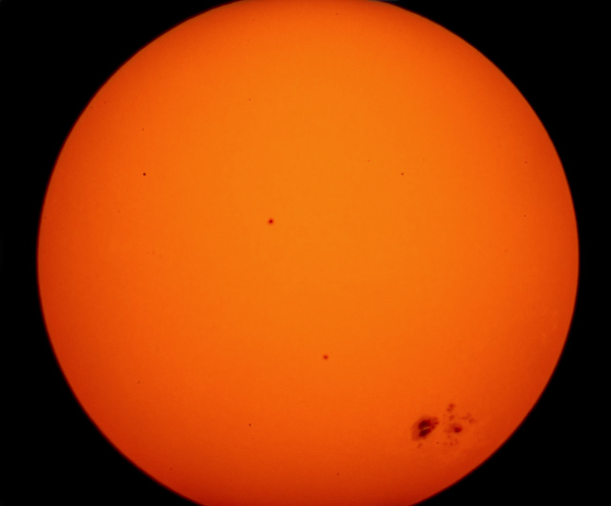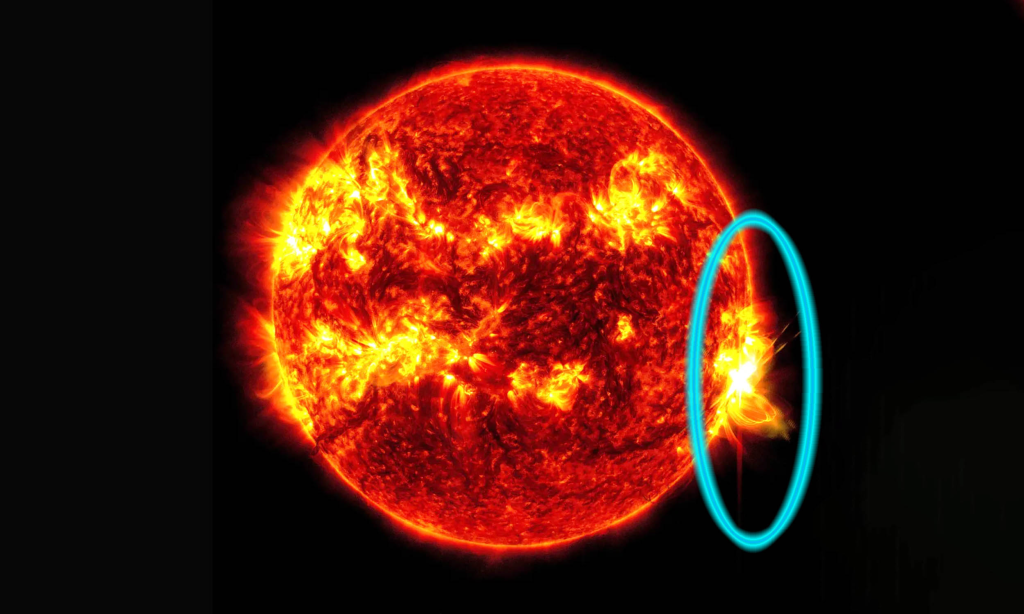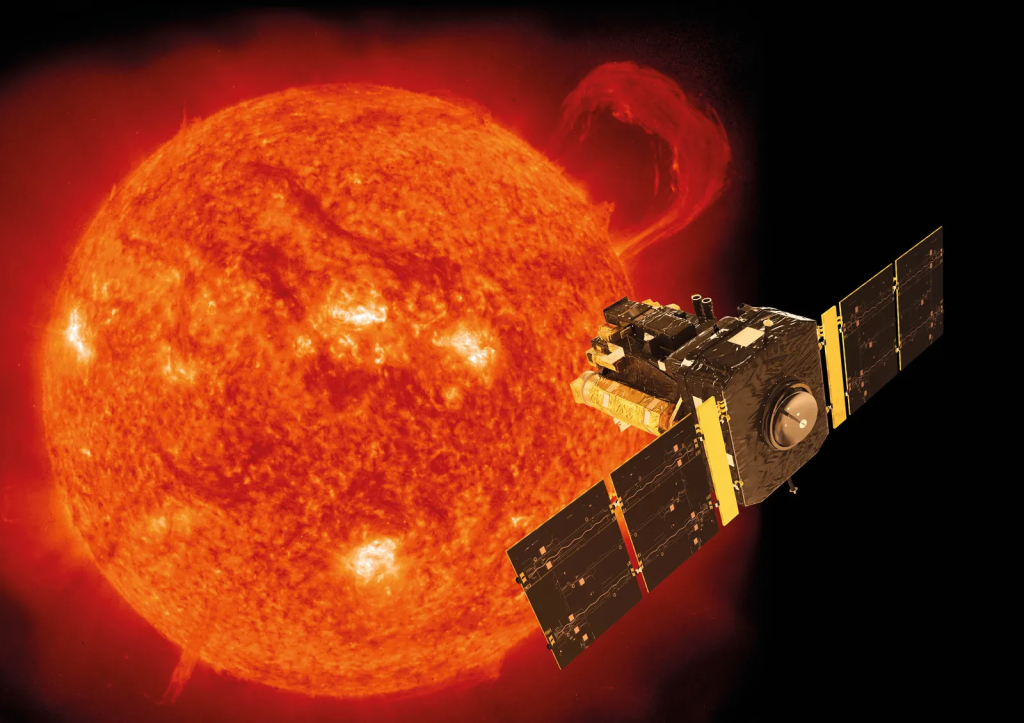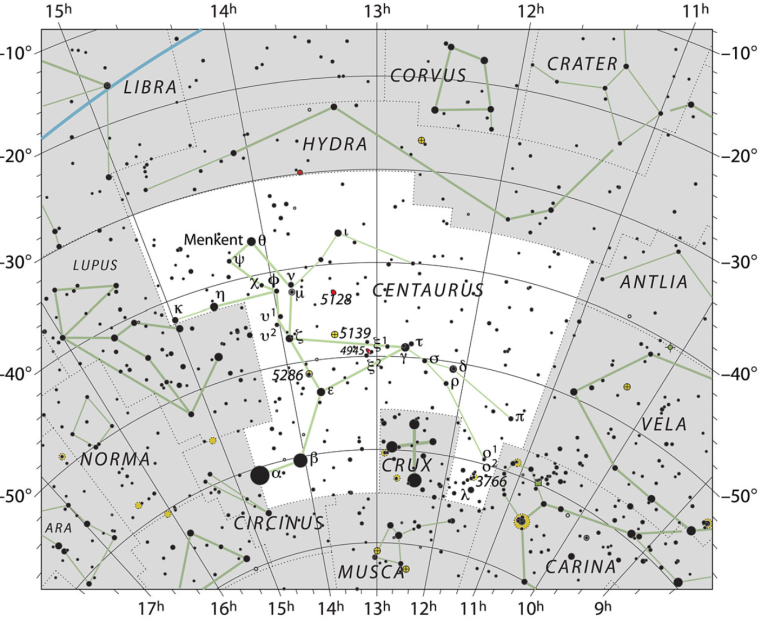When we think of weather, we usually imagine the changes in atmospheric conditions same as here on Earth. However, weather isn’t confined to our planet. The Sun, a massive ball of incandescent gases at the center of our solar system, experiences its own form of weather, which is often referred to as “space weather.” Forecasting the weather on the Sun is crucial because solar activity significantly affects space weather, which in turn impacts Earth and its technological systems. This blog will explore the nature of solar weather, the science behind forecasting it, and the implications for our planet.
THE SUN: A DYNAMIC STAR
The Sun is a G-type main-sequence star located about 93 million miles from Earth. It’s composed mainly of hydrogen and helium, undergoing nuclear fusion to produce energy. This energy is vital for life here on Earth, but the Sun’s activity isn’t constant. It goes through cycles of activity and quiescence, which are manifested through various phenomena such as sunspots, solar flares, and coronal mass ejections (CMEs).
SUNSPOTS: INDICATORS OF SOLAR ACTIVITY
Sunspots are dark areas on the Sun’s surface caused by magnetic activity. These spots are cooler than the surrounding areas and are often precursors to solar flares and CMEs. The number of sunspots increases and decreases in roughly 11-year cycles known as the solar cycle. Monitoring sunspots is one of the primary methods scientists use to predict solar weather.

SOLAR FLARES: EXPLOSION OF ENERGY
Solar flares are intense bursts of radiation resulting from the release of magnetic energy stored in the Sun’s atmosphere. They can emit across the entire electromagnetic spectrum, from radio waves to gamma rays. Flares can significantly impact radio communications, navigation systems, and even power grids on Earth.

CORONAL MASS EJECTIONS: SOLAR STORMS
CMEs are massive bursts of solar wind and magnetic fields rising above the solar corona or being released into space. These ejections can carry billions of tons of coronal material and can reach Earth, leading to geomagnetic storms that can disrupt satellites, GPS systems, and power grids.

THE SCIENCE OF FORECASTING SOLAR WEATHER
Forecasting solar weather involves understanding and predicting the Sun’s activity. Scientists rely on various tools and techniques to monitor the Sun and forecast its behavior.
SOLAR OBSERVATORIES AND SATELLITES

Space-based observatories and satellites play a crucial role in monitoring the Sun. Instruments such as the Solar Dynamics Observatory (SDO), the Solar and Heliospheric Observatory (SOHO), and the Parker Solar Probe provide continuous data on the Sun’s surface and atmosphere. These instruments capture high-resolution images and spectra, allowing scientists to observe sunspots, solar flares, and CMEs in detail.
HELIOSEISMOLOGY

The study of wave oscillations in the Sun. By analyzing these waves, scientists can infer the internal structure and dynamics of the Sun, similar to how seismologists study earthquakes to learn about Earth’s interior. This field helps predict sunspot activity and understand the processes driving solar weather.
COMPUTER MODELS AND SIMULATIONS

Advanced computer models and simulations are essential for predicting solar weather. These models use data from solar observations to simulate the Sun’s magnetic field and plasma dynamics. By understanding how these elements interact, scientists can forecast solar flares and CMEs. The models are continually refined with new data, improving the accuracy of predictions.
IMPACT OF SOLAR WEATHER ON EARTH
- Geomagnetic Storms: When CMEs collide with Earth’s magnetic field, they can induce geomagnetic storms. These storms can disrupt power grids, causing blackouts and damaging transformers. The famous Quebec blackout in 1989 was caused by a geomagnetic storm, highlighting the potential severity of these events.
- Satellite and Spacecraft Operations: Satellites and spacecraft are vulnerable to solar radiation and charged particles from solar flares and CMEs. Increased radiation can damage electronic components, reduce the lifespan of satellites, and pose a risk to astronauts. Accurate solar weather forecasts help mission planners protect these assets.
- Communication and Navigation Systems: Solar flares can cause radio blackouts by ionizing the Earth’s upper atmosphere, affecting communication and navigation systems. High-frequency radio signals used in aviation and maritime communications are particularly susceptible. GPS signals can also be degraded, impacting navigation and timing systems.
- Aurorae: One of the more benign effects of solar weather is the aurora borealis and aurora australis, known as the Northern and Southern Lights. These natural light displays are caused by charged particles from the Sun interacting with Earth’s magnetic field and atmosphere. While they are a spectacular sight, they are also a reminder of the Sun’s influence on our planet.
CHALLENGES IN FORECASTING SOLAR WEATHER
- Complexity of Solar Processes: The Sun’s magnetic field is highly complex and dynamic, making it difficult to predict solar activity accurately. The interaction between different layers of the Sun and the role of magnetic reconnection in solar flares and CMEs are still not fully understood.
- Data Limitations: Although space-based observatories provide valuable data, there are limitations in spatial and temporal coverage. Continuous and comprehensive monitoring of the Sun is essential for improving forecasts.
- Model Limitations: While computer models have improved, they are still limited by the complexity of solar processes and the availability of accurate data. Model predictions can vary significantly based on initial conditions and assumptions.
FUTURE DIRECTIONS IN SOLAR WEATHER FORECASTING
- New Observatories and Missions: Upcoming missions like the European Space Agency’s Solar Orbiter and NASA’s Parker Solar Probe are designed to study the Sun’s poles and the solar wind in unprecedented detail. These missions will provide new insights into solar dynamics and improve our ability to predict solar weather.
- Improved Computer Models: Advancements in computational power and modeling techniques will enhance the ability to simulate the Sun’s magnetic field and plasma dynamics. Collaborative efforts between solar physicists and computer scientists are crucial for developing more accurate models.
- International Collaboration: Solar weather forecasting is a global challenge that requires international cooperation. Organizations like the National Oceanic and Atmospheric Administration (NOAA), the European Space Agency (ESA), and other space agencies must work together to share data, resources, and expertise.
CONCLUSION
Forecasting weather on the Sun is a complex but vital endeavor. As our reliance on technology grows, so does our vulnerability to the effects of solar weather. By advancing our understanding of the Sun and improving our forecasting capabilities, we can better prepare for and mitigate the impacts of solar activity on Earth. The Sun, our life-giving star, remains a powerful and sometimes unpredictable force, reminding us of the interconnectedness of our solar system and the importance of continued exploration and study.



